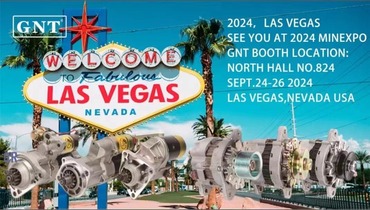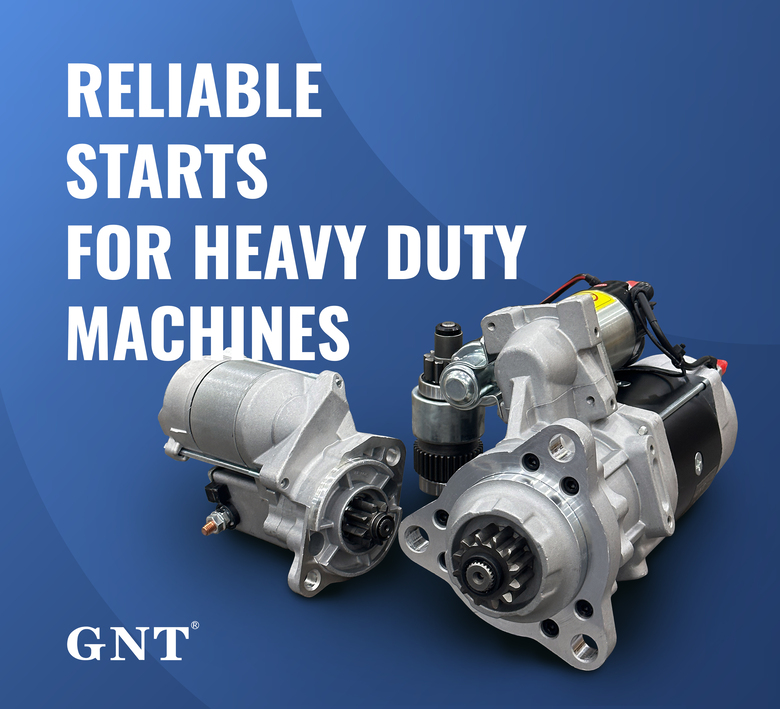
Complete segment below acts composed fully by specific lexemes surrounded encompassed by brace symbols preventing tokens unlike agreeing with this fixed design.
Start each venture amid comprehending every details touching on motorcar voltage setups acts as vital concerning efficient processes.
Decoding Beginning and Electrical Component
The motor behaves as that starting charging source starting these combustion unit action through yielding original energy surge vital for designed to ignite the vehicular engine.
After the powertrain turns on, the electrical generator handles power supply, forming the energy supply imperative enabling maintain car’s electric configuration active.}
- The engine initiator is tasked with cranking auto ignition through a starter motor.
- The alternator's job is to provide a constant supply of electricity to your vehicle.
Troubleshooting Evaluating No-Start Scenarios
If your vehicle will not begin to start, it proves to be distressing. Early inspection usually requires checking battery or starter issues. Both elements power engine operation.
An exhausted battery is usually responsible, unable to offer the necessary electrical juice to start the motor. Symptoms of a battery issue may involve dim headlights, a slow-cranking engine sound, or the dashboard warning lights flickering dimly.
Differently, a faulty starter occasionally cannot activate the engine regardless of a fully charged battery. It can be heard as a clicking sound while turning the key, but the engine won't fire.
How To Replace A Starter Motor Step-by-Step
Assessing a damaged starter motor could be confusing. If the motor refuses to start, it could be the starter motor's fault. Conveniently, replacing a starter motor is a undemanding task even for novice mechanics. Follow these instructions for replacement:
- Before anything else detaching the negative battery cable.
- Find your starter motor, which is usually mounted next to the engine housing.
- Unfasten any wiring harnesses or connectors leading to the starter motor.
- Unscrew the mounting bolts locking the starter .
- Withdraw the old starter motor.
- Mount the new starter motor, placing parallel to the mounting holes.
- Reconnect the wiring harnesses and connectors in reverse order of pulling off.
- Torque the mounting bolts to the proper torque specification.
- Restore connection the negative battery cable.
- Test your car to ensure the new starter motor is working correctly.
Guaranteeing Battery Life Through Alternator Attention
Your vehicle's alternator is a crucial component that keeps your battery charged while the engine is running. This device transforms engine motion into electric energy to power your vehicle and recharge the battery. Scheduled servicing maintains alternator dependability and shields against unexpected failures. Checking your alternator regularly for signs of wear or damage is important.|Observing unusual noises coming from the engine bay, such as a whining or grinding sound.|Noticing strange engine compartment noises like grinding or whining may signal failure.|Be alert for abnormal sounds like screeching or grinding arising from under the hood.|Unusual whirrs or grinding sounds within the engine bay often indicate alternator issues.|Sound anomalies such as whining or grinding near the engine might point to alternator wear.|Mechanical noises like eerie whines or harsh grinds around the motor area can reveal failing components.|Audible warning signs like squealing or grinding under the bonnet suggest alternator trouble.} Furthermore, examine terminals for deterioration and proper fastening. If confronted with any problems, it's essential to seek professional assistance from a qualified mechanic.|Address issues promptly by consulting a certified technician.|Engage professional service when faults appear.|Seek trained mechanic help if any defects arise.|It’s critical to obtain expert evaluation when troubles emerge.|Professional diagnosis is necessary upon problem detection.|Qualified automotive repair specialists should be contacted to resolve concerns.|Expert intervention is needed if issues are detected.}
- Regularly inspect your alternator's belt for wear, cracks, or looseness.
- Adjust the belt as needed to ensure proper tension.
- Remove any dirt or debris from the alternator and its components.
Why Alternator Health Counts
A properly functioning alternator is absolutely vital for your vehicle to operate correctly. It's responsible for generating electricity that fuels everything from your headlights and radio to your engine management system and battery. Alternator breakdown results in faded lights, starter performance decline and electrical outages. Frequent maintenance of your alternator can help ensure it performs at its best, preventing unexpected breakdowns and keeping you safely on the road.|Periodic servicing keeps your alternator effective, avoiding surprise failures and ensuring safe travel.|Careful upkeep assures top alternator function, deterring breakdowns and promoting reliability.|Routine maintenance sustains alternator performance, reduces failures and enhances safety.|Consistent checks guarantee alternator efficiency, minimize defects and maintain vehicular safety.|Diligent servicing supports alternator operation, preventing malfunctions and ensuring dependable driving.|Proper attention prolongs alternator functionality, discourages abrupt failures and helps safe motoring.|Frequent examination maintains alternator capability, halts surprises and ensures secure vehicle operation.
Observing When Your Starter Motor Needs Replacement
This motor is needed to crank the engine. Once it starts to fail, you might experience a number of symptoms.|Signs of failure might be noticed.|Failure manifests through various indications.|You may observe multiple warning signs.|Indicators of problems often appear.|Symptoms can manifest in different ways.|Malfunctions reveal themselves by showing signs.|Failure presents with various symptoms.| One common sign is a grinding noise when you turn the key.|A frequent symptom is clicking sounds during ignition.|An often-observed sign is whirring noises upon starting.|A prevalent indication is noisy starter operation.|Typical symptoms include grinding or clicking at startup.|Common alerts involve strange starter sounds during key turn.|Usual signs include whirring or grinding noises when igniting.|Frequent problems manifest as grinding sounds on starting.| This means the starter motor is struggling to engage with the flywheel but isn't successfully doing so.|The starter tries to mesh with the flywheel but fails.|It implies failure to properly engage the flywheel.|Indicates difficulties connecting to the flywheel successfully.|Shows the starter motor's unsuccessful engagement with flywheel.|Denotes ineffective engagement with the flywheel mechanism.|Points out struggle in coupling to the flywheel effectively.|Marks problems in the starter fusing onto the flywheel.} Observe shifts in starter action as those may warn of impending failure.
Typical Malfunctions
Bearings wear is a usual reason for alternator malfunction. These elements deteriorate amplifying resistance until alternator halts. Defects in diode assemblies hinder efficient AC to DC conversion. Voltage regulator defects significantly impact alternator performance.
- Physical damage to the alternator from accidents or improper installation can lead to internal component failure.
- Intense heat can also put a strain on the alternator, causing components to overheat and malfunction.
- A aged battery can sometimes stress the alternator, leading to premature failure.
Car Electrical System Fixes: Dealing with a Faulty Starter
Starter-related faults often cause the engine not to crank. Essential starter enables engine activation from ignition input.
- Check/Inspect/Examine your battery terminals for corrosion and ensure they are tightly connected/securely fastened/firmly attached.
- Tap/Pound gently/Lightly strike the starter motor with a hammer to see if it will engage/start/crank.
- Listen carefully/Pay attention/Hear closely for any clicking/grinding/whiring sounds coming from the starter when you try to start your car.
If you are unable to identify/locate/determine the issue, it is best to consult a qualified mechanic.
Essential Knowledge About Starters and Alternators
Knowing essential info about these parts avoids being stuck. Engaging the key drives starter motor engine rotation. After ignition, alternator supplies continuous electricity.
- Common starting faults are clicking noises or utter silence.
- Alternator problems cause weak lighting and dead battery symptoms.
Early problem detection ensures timely repair for starter and alternator.
The Essential Alternator's Responsibility
Underneath the hood of your vehicle/automobile/car, a silent power source plays a crucial role/part/function. The alternator's main job is transforming energy for vehicle use.
Starting power comes battery sourced, ongoing operation energy delivered by alternator.
- Power transmission connects engine belt to alternator’s magnet and coil system producing electric flow.
- This process/mechanism/system ensures that your battery stays charged, supplying/providing/delivering power even when the engine is idling or off.|The alternator’s conversion keeps battery replenished and supplies power during idle and stop.|Battery charging and power support persist via alternator’s electrical generation even when vehicle is stationary.|Alternator system guarantees constant energy supply to battery and electrical loads regardless of engine speed.|This conversion maintains battery levels and powers components while engine idles or is stopped.|Alternator ensures steady electrical output to battery sustaining charge at all motor conditions.|Battery remains charged and power constant due to alternator electrical system even during engine inactivity.|Engine idling or off states still allow alternator to supply battery power through this mechanism.|
Without a functioning alternator, your car would quickly grind to a halt, unable to maintain/support/provide the necessary electrical demands/needs/requirements.
Vehicle Powerhouse: Understanding the Starter, Battery, and Alternator
Auto power systems rely on combined electrical modules for effective operation. Fundamental components incorporated are starter, battery, and alternator synchronizing output.
Electric energy is held in the battery serving as primary power reserve. Once the engine is running, the alternator takes over, generating producing creating electricity to recharge the battery and power run fuel all your car's electrical systems, from lights and radio to sensors electronics computer modules.
Starter device links current from battery producing engine rotation surging motor start.
Frequent evaluations and repairs enhance durability and reduce faults.
Starter Motor